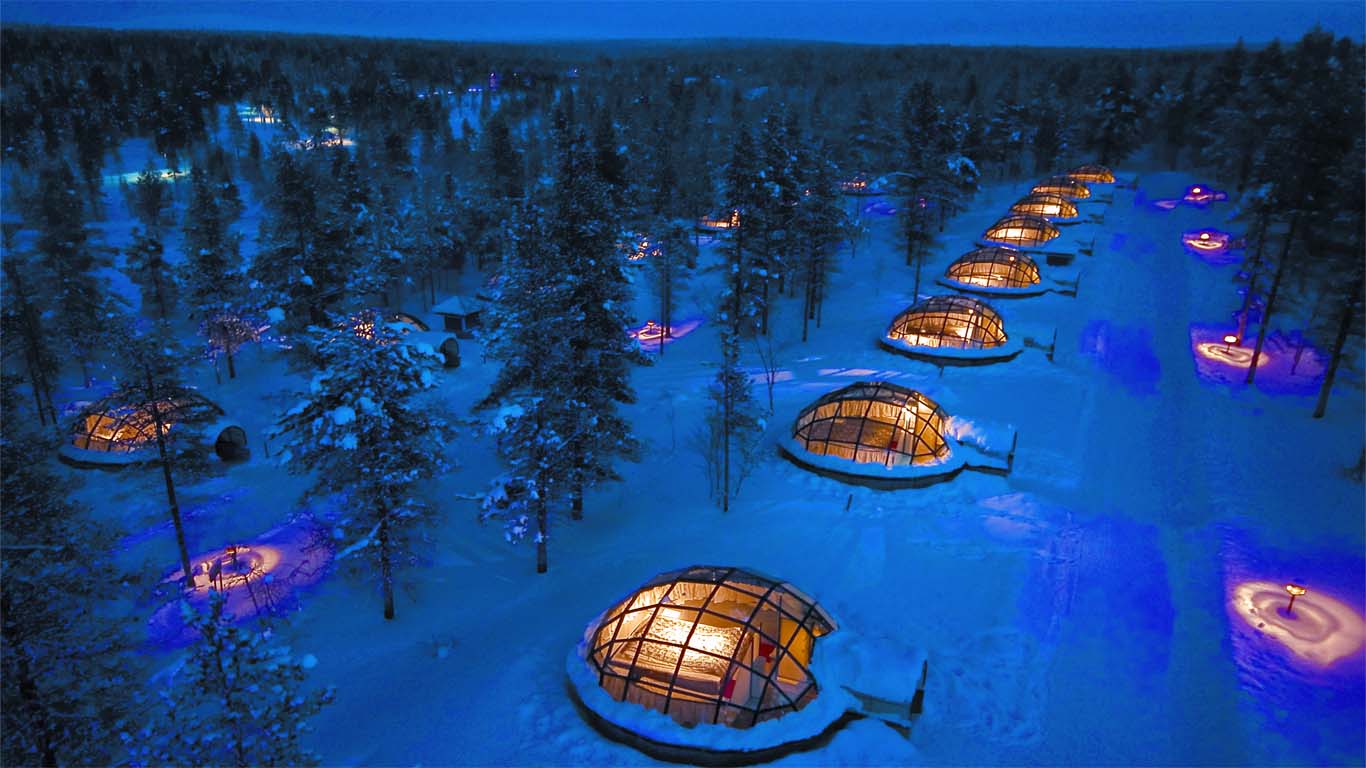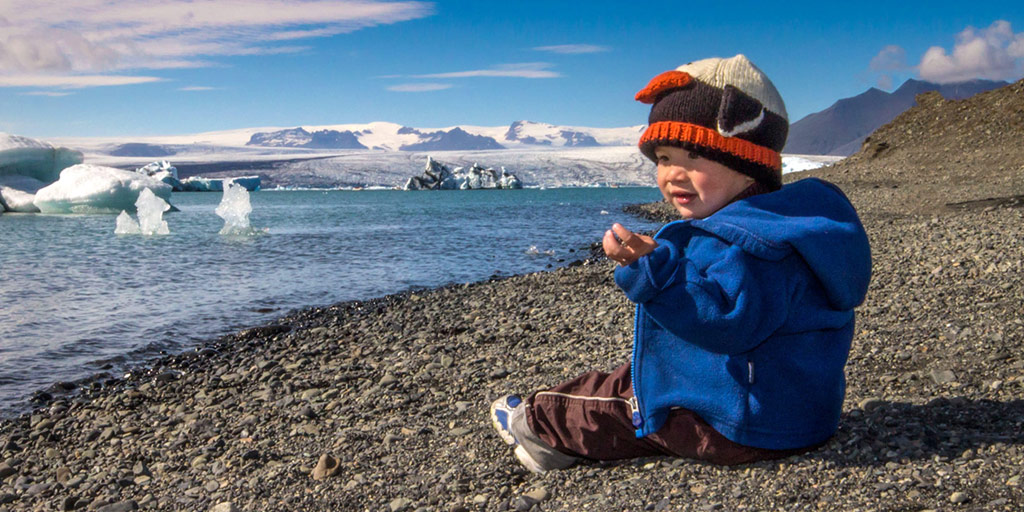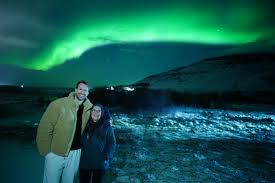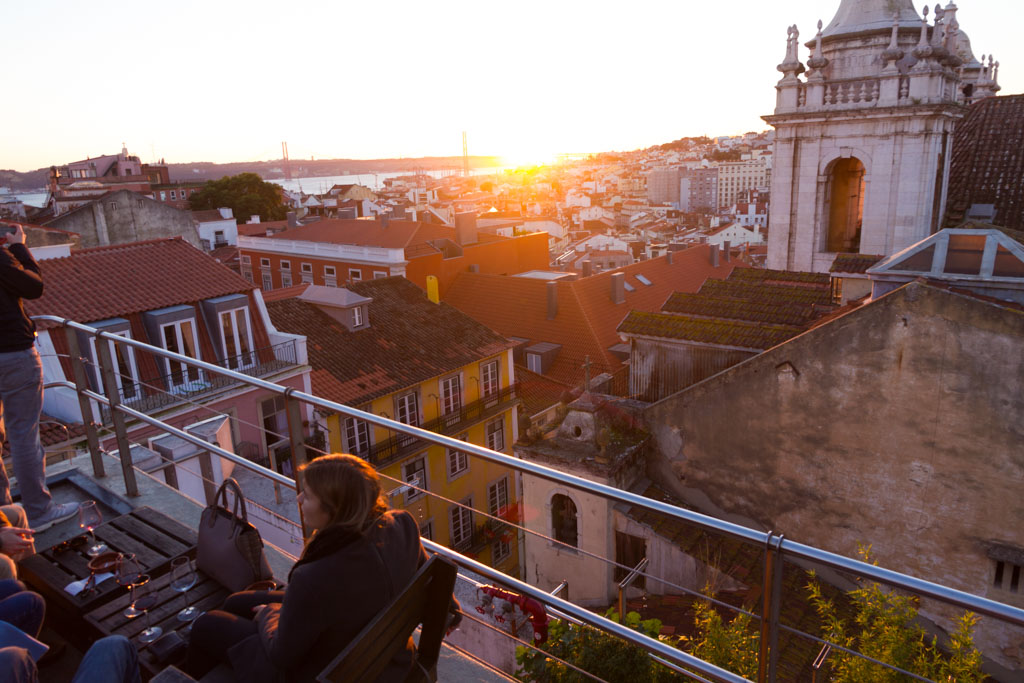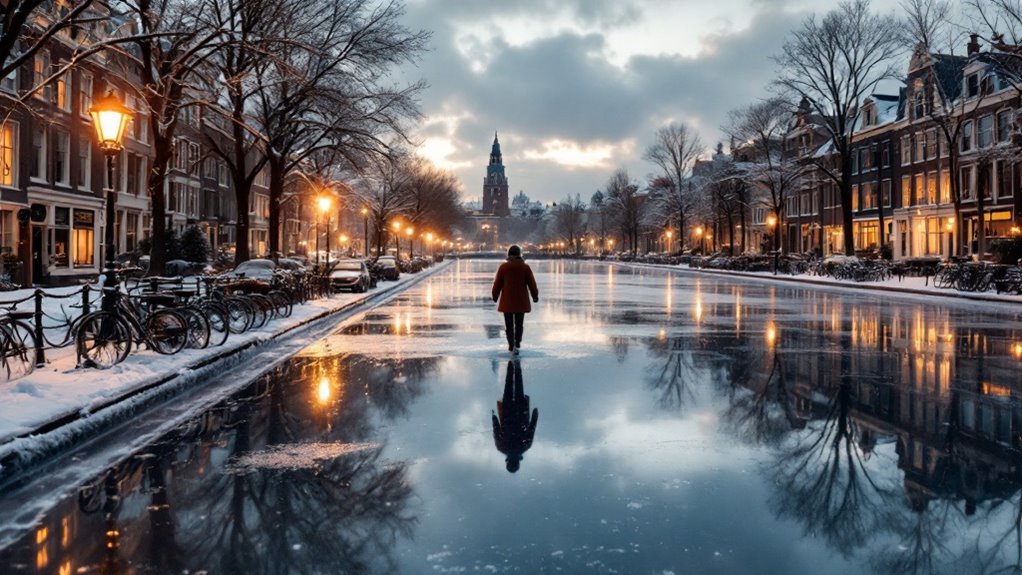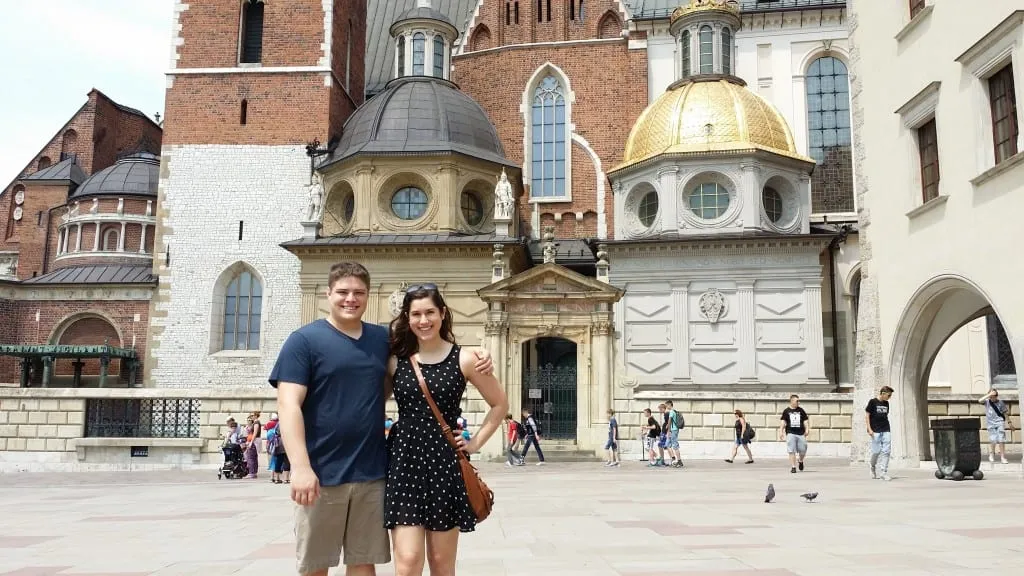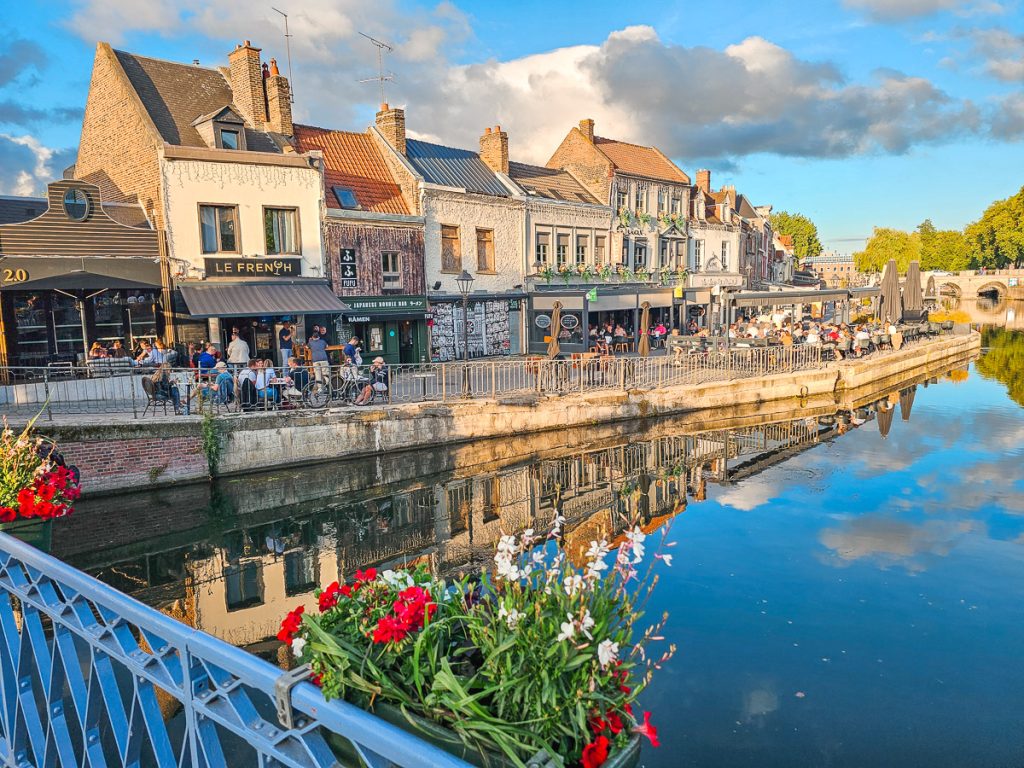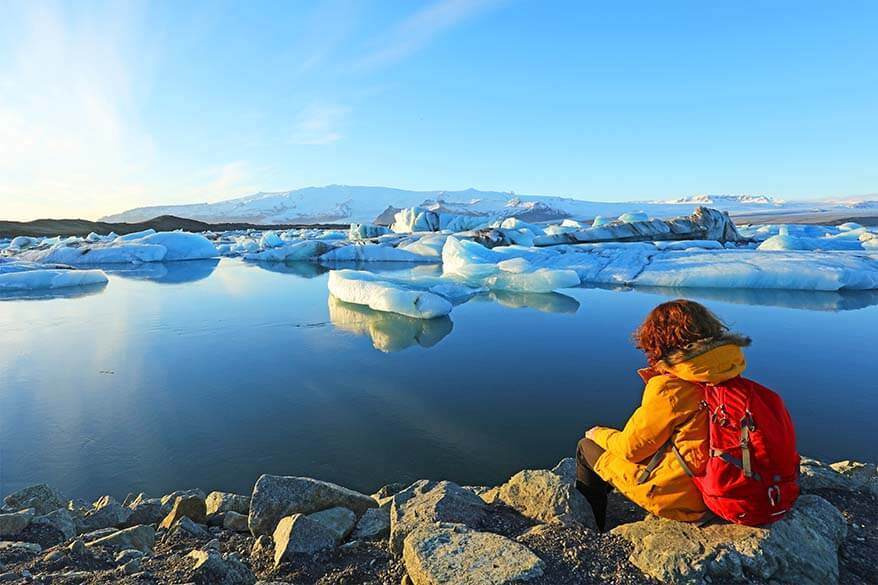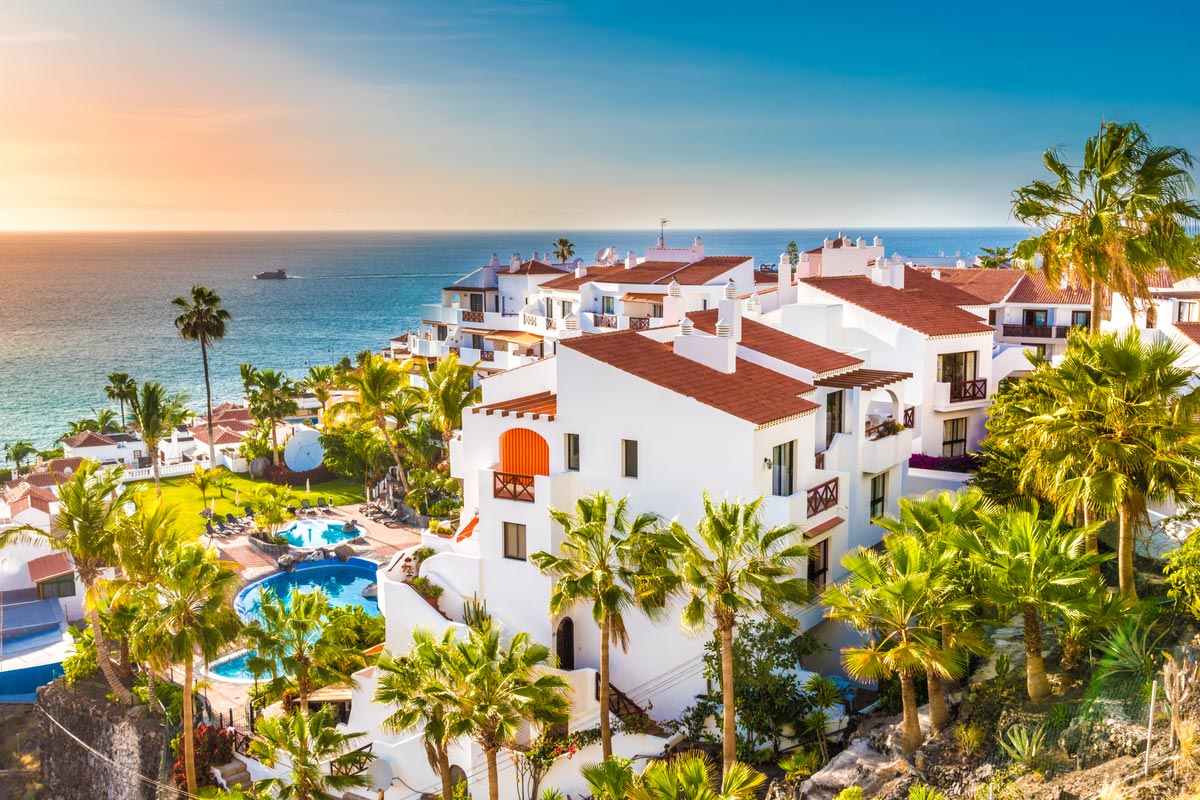
When winter wraps its icy fingers around Scandinavia, even -3°C can feel oddly tolerable. Take Stockholm at -7°C—practically balmy compared to Yakutsk, Siberia’s frozen throne, where winter means -41°C and frostbite feels like a rite of passage.
Still, if you’re like me—someone who starts to emotionally unravel when temperatures dip below zero—you’re probably hunting for places to escape the cold without needing a transatlantic flight. So let’s talk: where in Europe is it actually warm in winter?
Not summer-hot. Not beach-party-hot. Just warm enough to feel your toes, sip coffee outside, and take a break from fleece-lined underwear. Spoiler: you’ve got options, and some of them are surprisingly affordable.
What Does “Warm” Even Mean in a European Winter?
Before we dive in, let’s be realistic. You’re not getting Caribbean weather without leaving the continent. But there’s a sweet spot between bone-chilling wind and balmy bliss—a zone where winter coats aren’t mandatory, and locals are still eating lunch outdoors.
In Europe, that zone exists. It hugs the southern coastlines and makes you forget you own thermal socks. Whether you’re a digital nomad, a burnt-out teacher on holiday, or just someone craving sunlight, here’s where to go.
Southern Spain: Sun, Tapas, and Orange Trees in December
Key Cities: Seville, Málaga, Almería, Cádiz
Average Winter Highs: 16°C–20°C (61°F–68°F)
Seville: The Warmest Major City in Mainland Europe
Let’s start with Seville, where winter is more flirtation than fight. Imagine December afternoons at 18°C (65°F), sitting in a plaza surrounded by Moorish architecture, sipping tinto de verano, and wondering why everyone else is still scraping ice off their windshields.
Seville is the warmest major city in continental Europe in winter. The scent of oranges fills the streets. Flamenco echoes from hidden courtyards. And yes, while evenings can get chilly (bring a jacket), you’ll likely eat lunch outside more often than not.
What to Do in Seville in Winter:
-
Wander the Alcázar of Seville, a royal palace that looks like something out of a fairy tale.
-
Climb the Giralda Tower for epic city views.
-
Catch a flamenco performance in the Santa Cruz neighborhood.
-
Indulge in tapas hopping, especially around Triana.
Málaga: Art, Beaches, and Mild Sea Breezes
If you want warmth and the sea, Málaga is your move. The Costa del Sol lives up to its name, offering roughly 320 sunny days a year—even in winter.
You won’t be sunbathing (unless you’re Scandinavian and shock-resistant), but it’s warm enough to walk the beach promenade without turning blue. Málaga is also Picasso’s birthplace and home to excellent museums, a revitalized port area, and tapas bars aplenty.
Top Málaga Winter Attractions:
-
Visit the Picasso Museum and learn about the artist’s roots.
-
Hike up to Gibralfaro Castle for panoramic views.
-
Enjoy seafood at a beachfront chiringuito.
-
Take a day trip to Ronda or the nearby Caminito del Rey trail.
Almería and Cádiz: Under-the-Radar Sunny Spots
For travelers who like their winter sun quiet, Almería and Cádiz are lesser-known gems with serious potential. Almería is desert-adjacent and has Europe’s only true desert climate, while Cádiz—on a peninsula—is one of Europe’s oldest cities.
Expect fewer tourists, great seafood, and a chance to pretend it’s spring, even in January.
Portugal: Mild Weather and Cozy Culture
Key Cities: Faro, Lagos, Lisbon, Madeira
Average Winter Highs: 15°C–18°C (59°F–64°F)
Faro & the Algarve: Winter Sun with Fewer Crowds
The Algarve region in southern Portugal is a dream in winter—especially if you’re looking to avoid the summer crowds. Faro, Lagos, and Portimão all offer sunny days, cliffside walks, and enough warmth to enjoy a beach picnic (even if you won’t be swimming).
Highlights of Algarve in Winter:
-
Explore dramatic cliffs at Ponta da Piedade.
-
Take a boat trip to the Benagil Caves (weather permitting).
-
Wander the charming streets of Tavira and Loulé.
-
Enjoy cheap off-season accommodation and peaceful beaches.
Lisbon: Cozy Cafés and Sunny Hills
Lisbon isn’t as warm as Seville or Faro, but it makes up for it in charm. Imagine fog rolling over red-tiled rooftops, trams rattling through narrow streets, and cozy pastel de nata cafés welcoming you in from the brisk—but rarely freezing—air.
Winter highs hover around 15°C, and with fewer tourists, you can enjoy the city at a slower pace.
Don’t Miss in Lisbon in Winter:
-
Ride the famous Tram 28 without the summer queues.
-
Visit the Belém Tower and Jerónimos Monastery.
-
Enjoy live Fado music in Alfama.
-
Take a side trip to Sintra, which is magical in winter mist.
The Canary Islands: Where Europe Feels Like Spring Break
Key Islands: Tenerife, Gran Canaria, Lanzarote, Fuerteventura
Average Winter Highs: 20°C–24°C (68°F–75°F)
Let’s be real: the Canary Islands are cheating—but legally. Yes, they’re closer to Morocco than to Madrid. Yes, you’ll likely meet more Norwegians than Spaniards in December. But they’re part of Spain, part of the EU, and offer real warmth all winter.
Tenerife & Gran Canaria: Popular for a Reason
Tenerife and Gran Canaria are tourist magnets—and for good reason. They’re warm, sunny, and affordable to fly to from most of Europe. I once nabbed a roundtrip from Stockholm for €90. Not bad for a sunny break in January.
But fair warning: Scandinavian expats abound. The beaches? Gorgeous. The conversations? Often in Swedish. I once witnessed a Norwegian woman arguing with a Swedish receptionist in English because neither spoke Spanish. It felt like IKEA on a beach.
Top Things to Do in the Canaries in Winter:
-
Hike Teide National Park in Tenerife (you’ll need a coat at the top).
-
Wander the colonial old town of La Laguna.
-
Enjoy the dunes of Maspalomas in Gran Canaria.
-
Surf, kite, or chill in Fuerteventura.
Why Not Just Go Closer to the Equator?
Every winter, this thought crosses my mind: just move to South Florida, the Caribbean, or Southeast Asia for three months. But then I look at the logistics—time zones, cost, flights, and yes, the carbon footprint—and it feels excessive for a quick dose of sun.
There’s something uniquely appealing about staying in Europe, even if it means sacrificing a few degrees of heat for the sake of familiarity, shorter flights, and easy train access. Plus, if you’re from the EU, no visa hassles.
Tips for Planning a Warm Winter Trip in Europe
-
Pack layers: Even in Seville, mornings and nights are chilly.
-
Book early for the Canaries—they fill up fast in December.
-
Opt for south-facing Airbnbs for natural warmth.
-
Embrace off-season prices: You’ll find amazing deals on hotels and flights.
-
Don’t expect to swim (unless you’re brave or Nordic).
-
Travel midweek for cheaper fares and less crowded attractions.
So, Is Europe Warm Enough in Winter?
If you’re hoping for beach weather, Europe in winter may disappoint—unless you hit the Canaries. But if you’re after moderate warmth, sun-drenched plazas, outdoor tapas, and low-key vibes, Southern Spain and Portugal are your best bets.
They’re close, culturally rich, and warm enough to remind you that yes, the sun still exists.
And compared to snow-blasted cities up north—or worse, Yakutsk at -41°C—even a 17°C day in Seville feels like heaven.
Until teleportation becomes real or I give in and move permanently south, I’ll keep booking my midwinter escapes to Andalusia and the Algarve. No heavy coats, no frostbite—just sunshine, good food, and maybe a Scandinavian or two.
Winter doesn’t have to mean hibernation. Whether you’re a solo traveler, a remote worker, or just someone who despises icy sidewalks, there are sunny places waiting for you in Europe. The key is knowing where to look—and planning ahead.
So go ahead. Swap snow boots for sneakers, mulled wine for sangria, and icy breath for sunny strolls.
Because winter in Europe doesn’t have to be cold—if you know where to go.








